Martial arts are often associated with physical combat and self-defense, but their benefits go far beyond learning how to throw punches or defend against an attacker. For centuries, martial arts have been celebrated as a discipline that sharpens the mind as much as it trains the body. Whether you’re looking to boost your confidence, improve your physical fitness, or prepare for potential threats, learning martial arts can be a transformative experience. In this article, we’ll explore how martial arts prepare you to deal with threats mentally and physically, equipping you with skills that extend into everyday life.
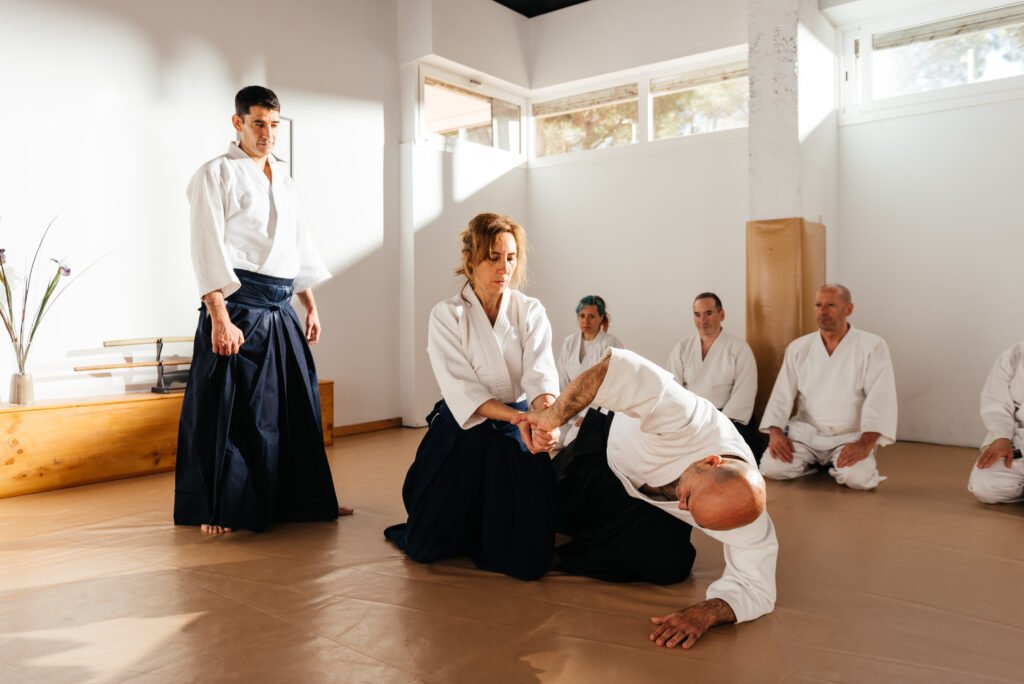
Building Mental Resilience and Focus
One of the most profound benefits of martial arts is the mental strength it fosters. Threatening situations can be as much about mental clarity and emotional control as they are about physical action. Martial arts training helps develop a calm and focused mindset, which is crucial in high-stress scenarios. Imagine being faced with a sudden threat, such as an aggressive individual or an emergency situation. Without mental resilience, it’s easy to panic, freeze, or make impulsive decisions that could escalate the danger. Martial arts teach practitioners to stay composed under pressure, a skill cultivated through repetitive drills, sparring, and meditation practices. For example, arts like Aikido and Judo emphasize redirecting an opponent’s energy rather than confronting it directly. This approach requires practitioners to maintain calmness and awareness, even when faced with force. Over time, these principles translate into everyday life, allowing martial artists to approach conflicts or challenges with poise and clarity.
Enhancing Situational Awareness
Martial arts train you to be more aware of your surroundings and the potential dangers within them. Situational awareness is a cornerstone of self-defense, as recognizing a threat early can help you avoid confrontation altogether. During martial arts practice, students learn to observe body language, anticipate movements, and react to subtle cues from their opponents. These skills are invaluable in real-world scenarios where threats are not always obvious. For instance, Krav Maga, a martial art developed for military self-defense, places a strong emphasis on awareness and preemptive action. Students are taught to scan their environment for exits, identify potential weapons, and assess the behavior of people nearby. This heightened awareness reduces vulnerability and provides a strategic advantage when dealing with potential threats.
Developing Physical Strength and Agility
The physical training involved in martial arts is rigorous and effective at building strength, agility, and endurance. Whether it’s the core stability required for Karate, the explosive power in Taekwondo kicks, or the grappling techniques of Brazilian Jiu-Jitsu, martial arts engage every part of the body. This level of fitness is crucial for defending against physical threats. In a confrontation, physical conditioning can make the difference between escaping safely and becoming overwhelmed. Strong muscles and joints improve your ability to block, strike, or evade attacks, while increased cardiovascular fitness ensures you don’t tire out quickly in a high-intensity situation. For older adults or those with limited fitness, martial arts like Tai Chi offer a gentler approach to physical preparation. While less intense than combat-oriented styles, Tai Chi improves balance, flexibility, and coordination, which are critical for avoiding falls or responding quickly to a threat.
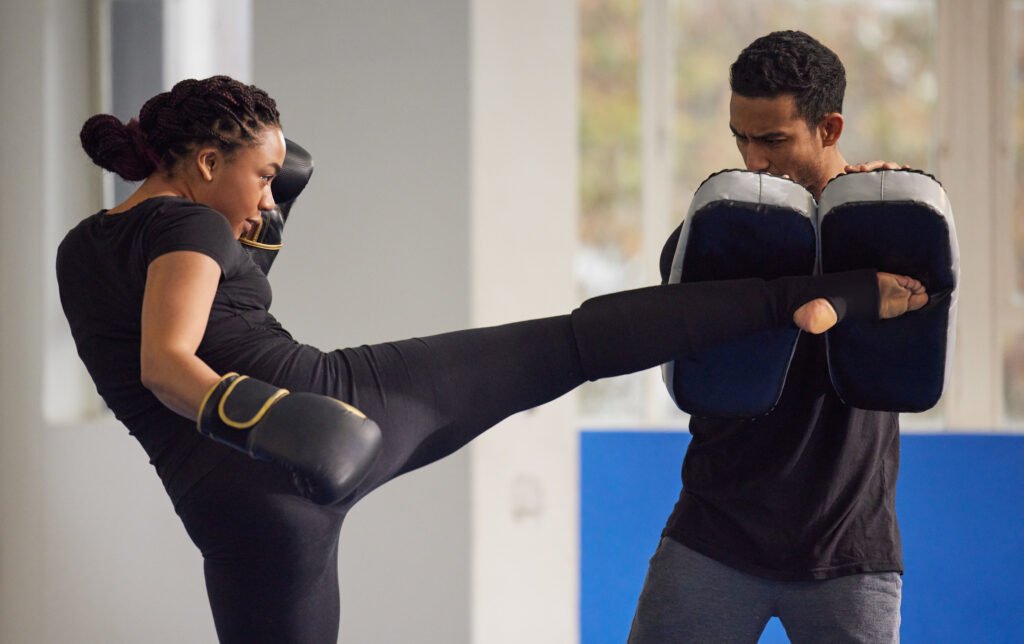
Teaching Practical Self-Defense Techniques
At its core, martial arts provide practical self-defense skills. Each discipline offers techniques tailored to different situations, from striking and blocking to grappling and escaping holds. For example, Muay Thai is known for its powerful elbow and knee strikes, while Brazilian Jiu-Jitsu specializes in ground fighting and submissions. Learning these techniques prepares you to handle various types of physical confrontations. More importantly, martial arts teach you how to assess the level of threat and respond appropriately. Not every situation calls for aggressive action; sometimes, deflecting a strike or creating distance is enough to neutralize the danger. For example, martial arts like Wing Chun focus on close-range combat and emphasize efficiency, enabling practitioners to defend themselves without unnecessary force. This level of control is essential in ensuring that self-defense does not escalate into excessive violence.
Improving Reaction Time and Reflexes
Quick reflexes are vital when dealing with threats. Martial arts training enhances your reaction speed by simulating real-life scenarios during sparring and drills. The repetitive nature of practice builds muscle memory, enabling you to respond instinctively to an attack. For instance, in Boxing, fighters must react to punches within fractions of a second, either by blocking, dodging, or countering. This ability to react quickly can be the key to avoiding injury in a dangerous situation. Beyond physical reflexes, martial arts also train mental reflexes. Practitioners learn to make split-second decisions under pressure, such as whether to fight, flee, or de-escalate a confrontation. This mental agility is invaluable in emergencies where hesitation can have serious consequences.
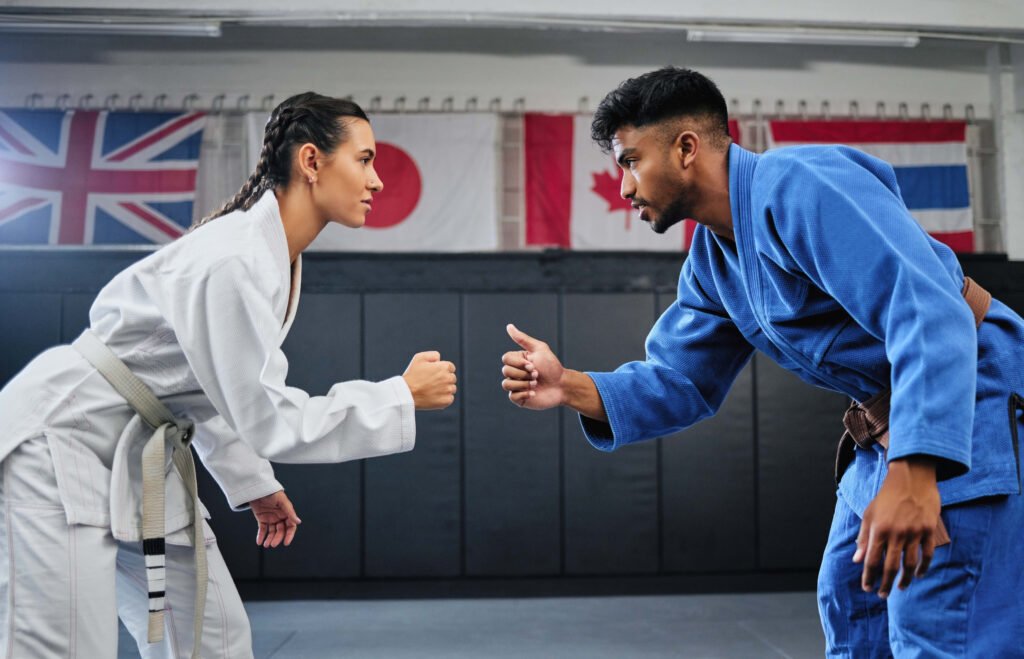
Boosting Confidence and Reducing Fear
One of the most empowering aspects of martial arts is the confidence it instills. Knowing that you have the skills to protect yourself and your loved ones reduces fear and anxiety about potential threats. This confidence is not about arrogance or seeking conflict but about feeling secure in your ability to handle situations if they arise. Martial arts classes often include controlled sparring sessions, where students face off against opponents of varying skill levels. These experiences teach you how to handle confrontation in a safe environment, gradually building your confidence to face real-world challenges. For example, a beginner in Judo may start by learning basic throws and breakfalls, progressing to more advanced techniques as they become comfortable. This incremental approach ensures that students feel capable and prepared at every stage of their training.
Teaching Discipline and Emotional Control
Martial arts are as much about discipline and respect as they are about combat. Students are taught to control their emotions, practice humility, and show respect for their instructors and peers. This mindset is crucial when dealing with threats, as staying calm and composed can often de-escalate a situation without the need for physical action. For instance, disciplines like Karate and Kung Fu emphasize meditative practices and controlled breathing to center the mind. These techniques help practitioners manage stress and maintain focus, even in chaotic or high-pressure environments. Over time, the discipline learned in martial arts extends to other areas of life, improving decision-making, patience, and emotional resilience.
Encouraging a Holistic Approach to Safety
Martial arts training goes beyond physical and mental preparation by encouraging a holistic approach to personal safety. Many disciplines emphasize the importance of avoiding dangerous situations altogether through awareness and proactive decision-making. For example, self-defense classes often include lessons on recognizing red flags, setting boundaries, and using verbal de-escalation techniques. This comprehensive approach ensures that practitioners are equipped to handle threats at every stage, from prevention to resolution. Additionally, martial arts foster a sense of community and support. Training alongside others creates bonds and provides opportunities to learn from shared experiences. Instructors often serve as mentors, offering guidance not only in martial arts techniques but also in personal growth and resilience.
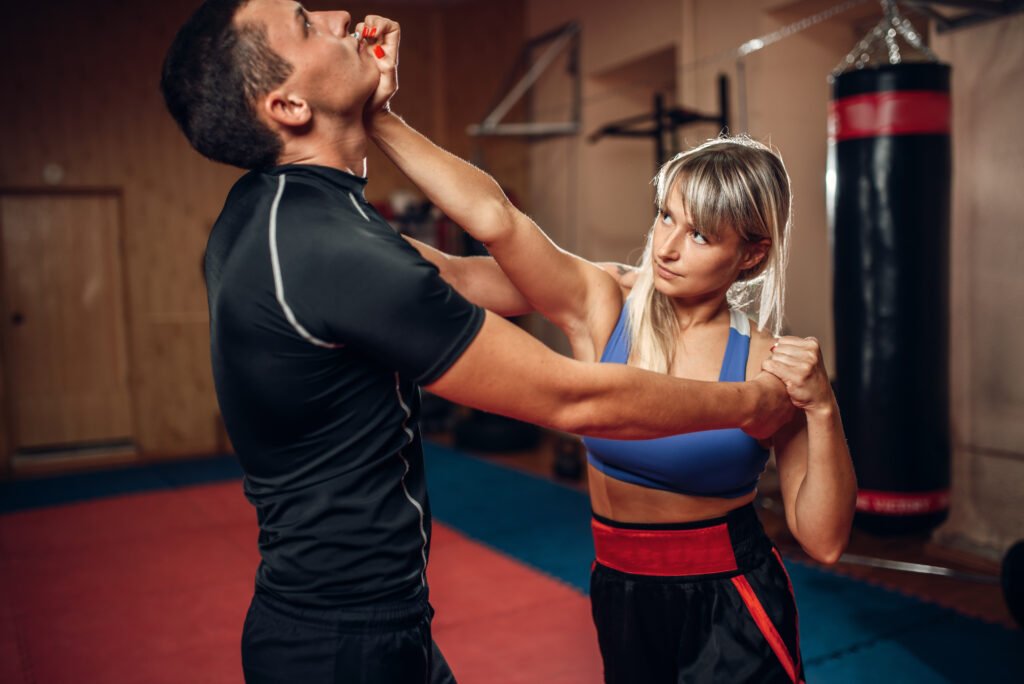
Preparing for Real-World Scenarios
Martial arts training often includes simulations of real-world scenarios, such as being attacked from behind, defending against multiple opponents, or dealing with armed assailants. These scenarios teach you how to apply your skills in practical settings, ensuring that you’re prepared for a wide range of threats. For example, Krav Maga incorporates drills where students must defend themselves while being surrounded or disoriented, mimicking the unpredictability of real-life situations. This type of training builds adaptability and ensures that you’re not caught off guard if faced with a similar scenario.
Adapting to Individual Needs and Abilities
One of the greatest strengths of martial arts is their adaptability. Regardless of age, fitness level, or physical ability, there is a martial art suited to your needs. Seniors, for example, may benefit from Tai Chi’s focus on balance and coordination, while younger individuals might prefer the high-energy training of Kickboxing or Capoeira. This adaptability ensures that everyone can access the mental and physical benefits of martial arts, regardless of their starting point.
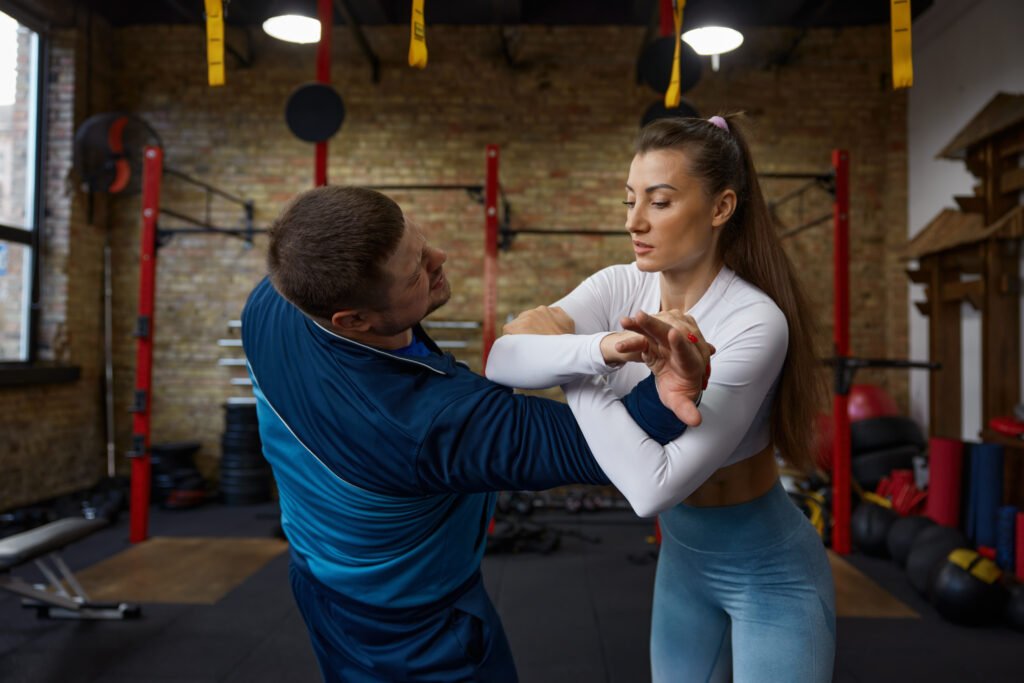
Conclusion
Learning martial arts is a powerful way to prepare for threats, both mentally and physically. By building resilience, enhancing awareness, and teaching practical self-defense techniques, martial arts empower individuals to face challenges with confidence and composure. The discipline, focus, and physical fitness developed through training extend far beyond the dojo, improving overall quality of life and providing tools to navigate a wide range of situations. Whether you’re interested in self-defense, personal growth, or simply staying active, martial arts offer a holistic approach to safety and empowerment that can benefit anyone.